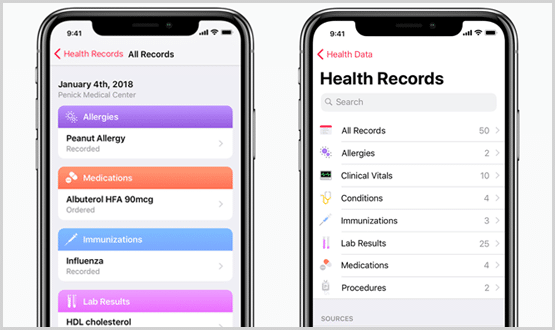Apple launches feature for iOS 11.3 allowing customers to view medical records

Smartphone giant Apple has launched a new feature on its health app allowing US customers to see their medical records on their iPhone.
As part of the technology company’s latest mobile software update iOS 11.3, which is currently in beta, a health records section has been added to the app that combines data from Apple Health with information from hospitals and clinics.
Users are thereby able to see available medical data from multiple providers whenever they chose.
Johns Hopkins Medicine, Cedars-Sinai, Penn Medicine and other participating hospitals and clinics are among the first to make this beta feature available to their patients.
Prior to the update, a patient’s medical record in the US would be held in multiple locations, requiring them to log into each care provider’s website and piece together the information manually.
With the new feature, patients can view medical information from various sources in one place.
This includes allergies, conditions, immunisations, lab results, medications, procedures and vitals. Users can receive notifications when their data is updated.
Apple confirmed the data is encrypted and protected with the user’s iPhone passcode.
Apple worked with the healthcare community to take a consumer-friendly approach, creating Health Records based on FHIR (Fast Healthcare Interoperability Resources), a standard for transferring electronic medical records.
“Our goal is to help consumers live a better day. We’ve worked closely with the health community to create an experience everyone has wanted for years — to view medical records easily and securely right on your iPhone,” said Jeff Williams, Apple’s COO.
“By empowering customers to see their overall health, we hope to help consumers better understand their health and help them lead healthier lives.”
Apple also confirmed “more medical facilities” will be added to the feature in the coming months.
In a separate story, this month health data from an Apple device was reportedly used as evidence in a murder trial in Germany.




